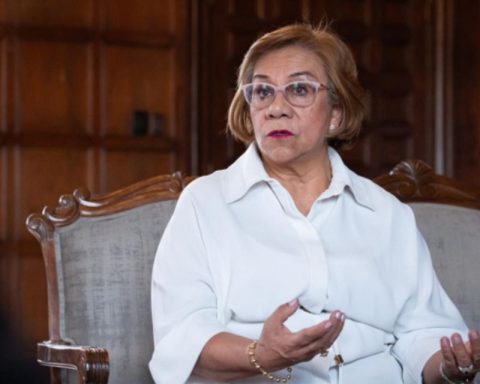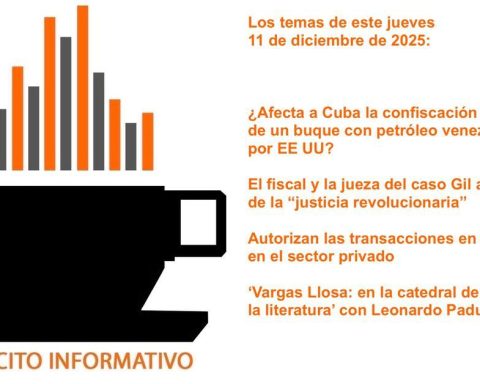TO
anticipate the dimension change that will occur soon in the various groups that make up our population is necessary to focus public policies. In a previous collaboration I referred to the accelerated aging of the planet’s population and the expression of this process in Mexico, which is accompanied by the decrease in the child population, which I briefly address in this space.
In 2025, 2 million 19 thousand 907 people will be born in Mexico and 836 thousand 585 will die. We will continue with a slow rate of population growth, from 133.4 million inhabitants we will be close to 138 million in 2030 (0.7 percent annual growth). In 2052 we will reach the peak, with 147 million inhabitants and the volume of our population will begin to decrease, a volume that we would have reached in 2000, if fertility had not decreased.
When approaching childhood, it is important to recognize its wide diversity: 9.5 percent of children between three and nine years old speak an indigenous language; 3.4 percent of children under nine years of age are classified as African descendants; 69 percent of children under 14 years of age cohabit with their parents; 22 percent live only with their mother; 3 percent lived only with their father, and 6 percent did not live with their parents due to death (Expanded Population and Housing Census Questionnaire 2020).
The decrease in the population under 11 years of age is visible. From representing 18.8 percent of the total population in 2025, it will drop to 17.3 percent in 2030 (going from 25 million to 23.9 million). At the same time, the young and adult population is the majority and will continue to be so for five more decades: the group of 12 to 29 years old will go from representing 30 percent to 28.4 of the total (it will go from 40.1 to 39.2 million), adults from 30 to 59 years old will increase their share from 38.3 percent to 39.3 (their volume will go from 51.1 to 59.8 million). Meanwhile, the population over 60 years of age will continue to grow: from representing 12.8 percent to 15 percent (going from 17.1 million to 20.6 million).
According to the change in the age structure, the lines of action to be developed imply the need to anticipate in the short, medium and long terms. The educational sector is of particular importance. There is less supply in basic education (primary and secondary) and the demand for upper secondary and higher education increases. The volume of the population that requires enrollment in primary school, children from six to 12 years old, decreased by one million 200 thousand in 15 years (from 2010 to 2025), only in the last three years the decrease in this age group was of 515 thousand 434 (from 15.6 million in 2021 to a volume of 15.1 million). In the next six years, demand for primary schools will decrease by 626,781 students (from 14,974,000 to 14,348,000 children aged six to 12, 2025 to 2030). The pace of decline is very variable in the entities; The lowest demand will be in Mexico City (with the most advanced population aging process), where the group of children from six to 12 years old will drop from 7.7 to being 6.5 percent of the capital’s population; At the other extreme is Chiapas (with the youngest population), where demand at the primary level will go from 14.5 to 14.4 percent of its population (estimates based on Demographic Conciliation of Mexico and projections of the population of Mexico and the entities federative 2020-2070, Conapo/Colmex/UNFPA).
The lower proportion of the child population is a product of the decrease in fertility (Mexican women have 1.6 children per capita on average), the reduction in mortality at advanced ages and the increase in life expectancy at birth (in girls it is 79 years and in children 72.4 years). Little by little the population pyramid will be reversed. In 2040 the proportion of children from zero to 11 years old will drop to 14.5 percent and, in 2070, they will make up 10.5 percent of our total population.
These demographic changes open opportunities for development. Moderately low fertility and slow growth have favorable repercussions. The smaller volume of the child population is an opportunity to extend the exercise of their rights, to promote the quality of education and health prevention programs.
The drop in fertility and the reduction in family size corresponds to the fewer hours of domestic work and care work, which allows women to achieve higher levels of schooling and better opportunities to access paid work. . The greater proportion of young people and adults, as well as women in the workforce, drives productivity and economic growth. A challenge to anticipate, as I pointed out in a previous collaboration, will be the care of a greater number of dependent older people.
Economic autonomy and substantive equality have gained great importance on the agenda of the President of Mexico. Among many actions, the construction of the National Care System involves shortening and making the working day more flexible to equitably reconcile paid work with care work. To develop and be close to their children and family, mothers and fathers need support from the State and alliance with the business sector. The empowerment of girls and women, as well as male co-responsibility, are essential to anticipate the aging of the population.
*General Secretary of Conapo















